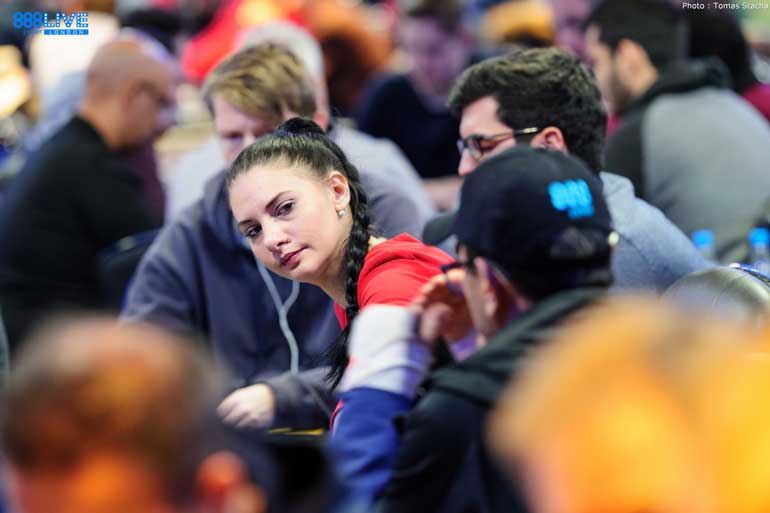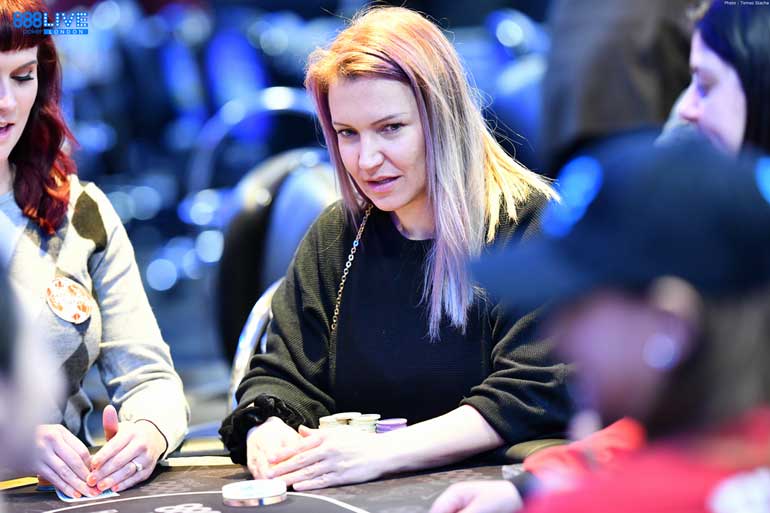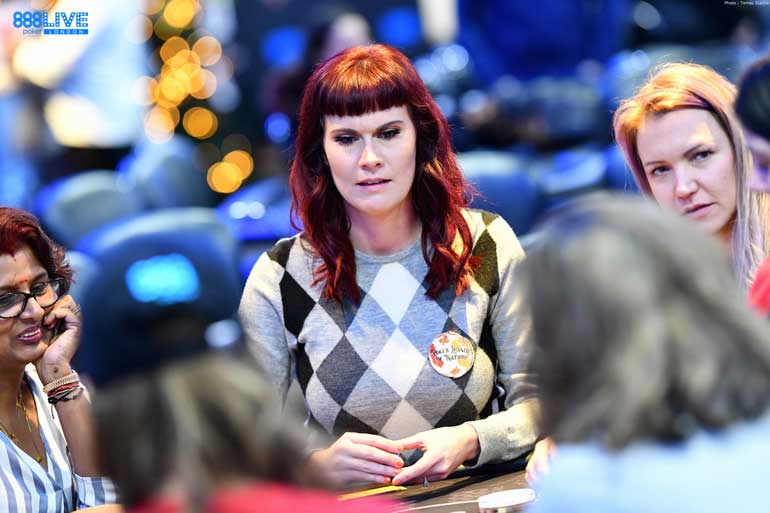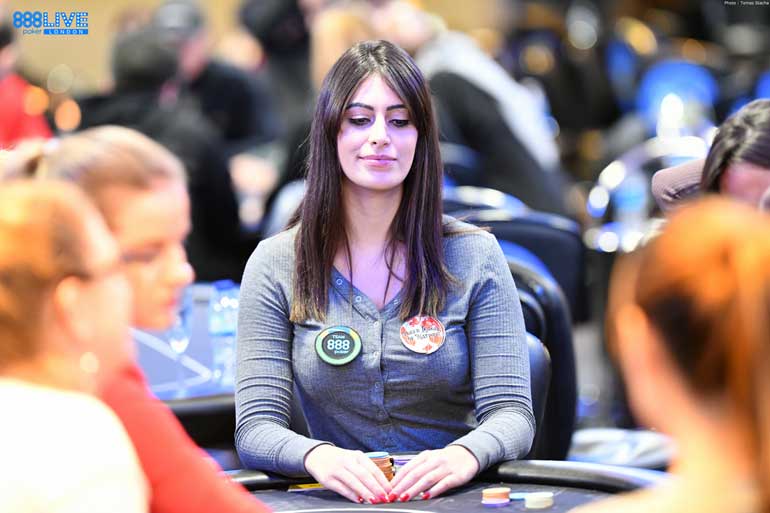Have you ever smashed a perfectly good computer mouse or left a monitor shaped indentation in your office wall? There is a chance you are suffering from a mindset problem known as tilt.
The best poker players understand that the game of poker is not purely about odds, outs and theory. A poker player might have a strong understanding of theory. But they can still perform poorly at the poker tables if their mental game or mindset is not strong.
Athletes and other high-level sports stars have understood this concept for a while. Physical conditioning is only one piece of the puzzle. It’s increasingly common for high-level athletes to work with a mental coach on the psychology of performance.
For poker players, part of a solid mental game involves understanding tilt.
In this short introduction to tilt in poker, we’ll discuss the following -
HOW TO CONTROL TILT IN POKER
What is Tilt in Poker?
Tilt in poker means that we are not playing our best because of an issue with our mindset or mental game.
Being tilted is most commonly associated with being angry due to running bad at the poker tables.
But the term tilt can refer to other mindset issues such as the following:
- Fear
- Lack of Motivation
- Lack of Confidence
- Overconfidence
- Distraction
- Tiredness
Defining the Problem
It’s essential to understand that every mindset issue has an underlying cause.

It’s common for poker players to assume that anger is the problem. But anger is only really a symptom of the underlying cause. By addressing the cause itself, we solve our tilt problems. It’s not simply by managing anger in the moment (although this is necessary too).
For example, an underlying cause might be that we might get angry or tilted when losing to weak players. Although managing our anger is crucial, this doesn’t provide us with a long term fix.
Instead, we need to adjust the way we think about losing to weak players so that we don’t get angry (or as angry).
The poker community commonly described this process as ‘injecting logic’.
Injecting Logic
Injecting logic means to rewiring how we think about specific events at the poker table. For example, notice how we upgrade the following belief.
- Flawed original thought process - There is no point playing poker if we can’t even beat the weaker players at the table. We might as well quit playing poker now.
- Upgraded thought process - It’s not a problem when the weak players win. They need to win sometimes. Otherwise, they wouldn’t keep coming back. If all the weak players left, then poker might stop being profitable.
That second statement is much more logical. But if we genuinely believe it, it will be a lot harder to get tilted.
Reacting in the Moment
Injecting logic might be easier said than done. It's tough when we are in the moment after losing a long run of pots against the worst player.

So, what should we do when the situation arises?
To start with, it might be worth practising our logical statement a few times before we even sit down to play. It might be the statement above. Or it might be a completely different statement depending on our exact problem.
As soon as we feel tilt about to form, DO the following -
- Stop for a few seconds
- Take deep breaths to relax your mind
- Recite the prepared logical statement
- Continue with the action
Deep breathing exercises might seem unnecessary. But they are scientifically proven to cause relaxation.
The release of endorphins from our brain instantly improves our mood.
Why is Tilt Dangerous?
Tilt prevents us from being able to make use of the information stored in the rational part of our brain.
When the emotional side of our brain is triggered (i.e., we become angry), it causes the rational side to shut down partially.
We can still access some of the skills stored in the rational part of our brain. But we can only access skills learned to a very high level. Many of our newer poker skills become entirely inaccessible to us.
Another way of thinking about this is that when we are tilted, we are literally playing with half of our brain.
Why Might Tilt Be Useful?
The idea that tilt could be helpful might seem a strange concept. Our goal is to avoid tilt as much as possible for the most part.

Being tilted helps us understand which poker skills we have learned well, and which would benefit from additional work. We’ll still be able to execute skills we have learned exceptionally well, even when we are tilted.
For example, no amount of anger will cause us to forget we should be playing pocket Aces preflop! But we might double-barrel wider than we are supposed to on the turn if it’s a newer skill.
The skills that disappear from our game when we are on tilt are the ones that will benefit from some additional work off the tables.
Causes of Anger Tilt
Here are some additional examples of underlying causes of anger based tilt:
- Desperation - We are down a large number of chips and will do anything possible to win it back in a short space of time.
- Mistakes - We get angry when we make mistakes. We struggle to move on with the session and obsess over what we should have done differently.
- Revenge - We want to get back at a specific opponent who won chips from us. Or we perceive this player is treating us disrespectfully through relentless aggression.
- Injustice - Constant bad beats and coolers make us feel like the poker universe is completely rigged against us, which in turn makes us angry.
These are just examples. It’s essential to define the problem for yourself specifically. It may be subtly different from what causes tilt in other players.
We have focused chiefly on anger-based tilt. Other underlying causes result in fear and interfere with our motivation and confidence levels.
Tilt Evaluation Loop

Here is a plan for recognising and dealing with tilt problems. We can divide it into four stages that form a continual improvement loop.
- Recognition of Tilt Problem
Defining the problem along with the root cause
Defining the changes in gameplay that tilt causes (stacking off wider etc)
- Preparing to Play
Be aware of the key types of tilt problem that affect us specifically
Prepare logical statements that address each type of problem
Be aware of the indicators that we are suffering from a type of tilt
- Performance
Monitoring our gameplay for signs that a particular type of tilt is forming
Deep breaths and injection of logic at key moments
- Evaluation
Based on recent performance, update our approach to Steps 1 and 2 and restart the loop
Most of us will experience several different types of tilt problem at any given time. So, it usually makes sense to keep a written log of our tilt problems along with prepared statements.
Counteracting Tilt
Ideally, we’d never be tilted. But such a goal might prove unrealistic!
Sometimes, we’ll find ourselves dealing with a measure of tilt even after trying to calm ourselves. Players refer to this as ‘playing their B game’, or ‘playing their C game’.
The conventional advice is to quit playing if we are tilted. But this action does not provide a long term solution - it just avoids the problem.
Instead, we should look to actively counteract the effects that tilt brings to our game until we return to an optimal state of mind.
- Say we know that tilt causes us to stack off wider postflop.
- We should make a conscious effort to avoid stacking off in tight spots postflop.
Of course, when our tilt gets out of control, there may be no option to protect our bankroll by quitting the games. We can return when our mental state is better.
Getting Started

Let’s started with analyzing our mental game and reigning in tilt. It can be helpful to take some written notes on the following.
- What causes me to get tilted at the poker tables?
- Which logical statements would help me to deal with each type of tilt?
- What are the first signs indicating I am starting to til at the tables?
- What effect does tilt have on my play style at the poker tables?
- What can I do to counteract the changes to my play style that tilt causes?
- At what point does tilt become bad enough that I should quit rather than work through it?
If you’re unsure about some of the answers, don’t worry. Over the next few sessions, think carefully about your mental game and try to fill in a few more details.
Overall, it will be well worth the effort. Successfully dealing with tilt problems often becomes a huge turning point in the career of successful poker players.


